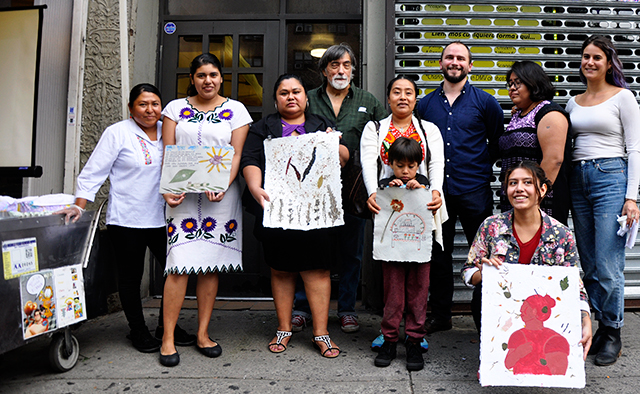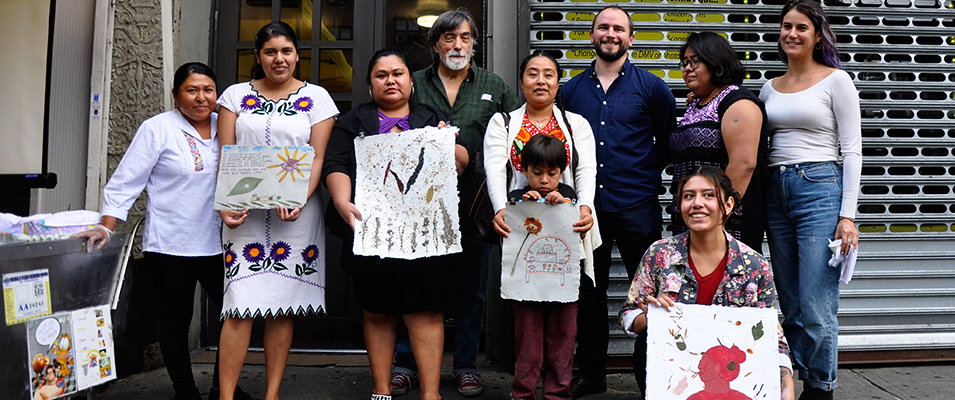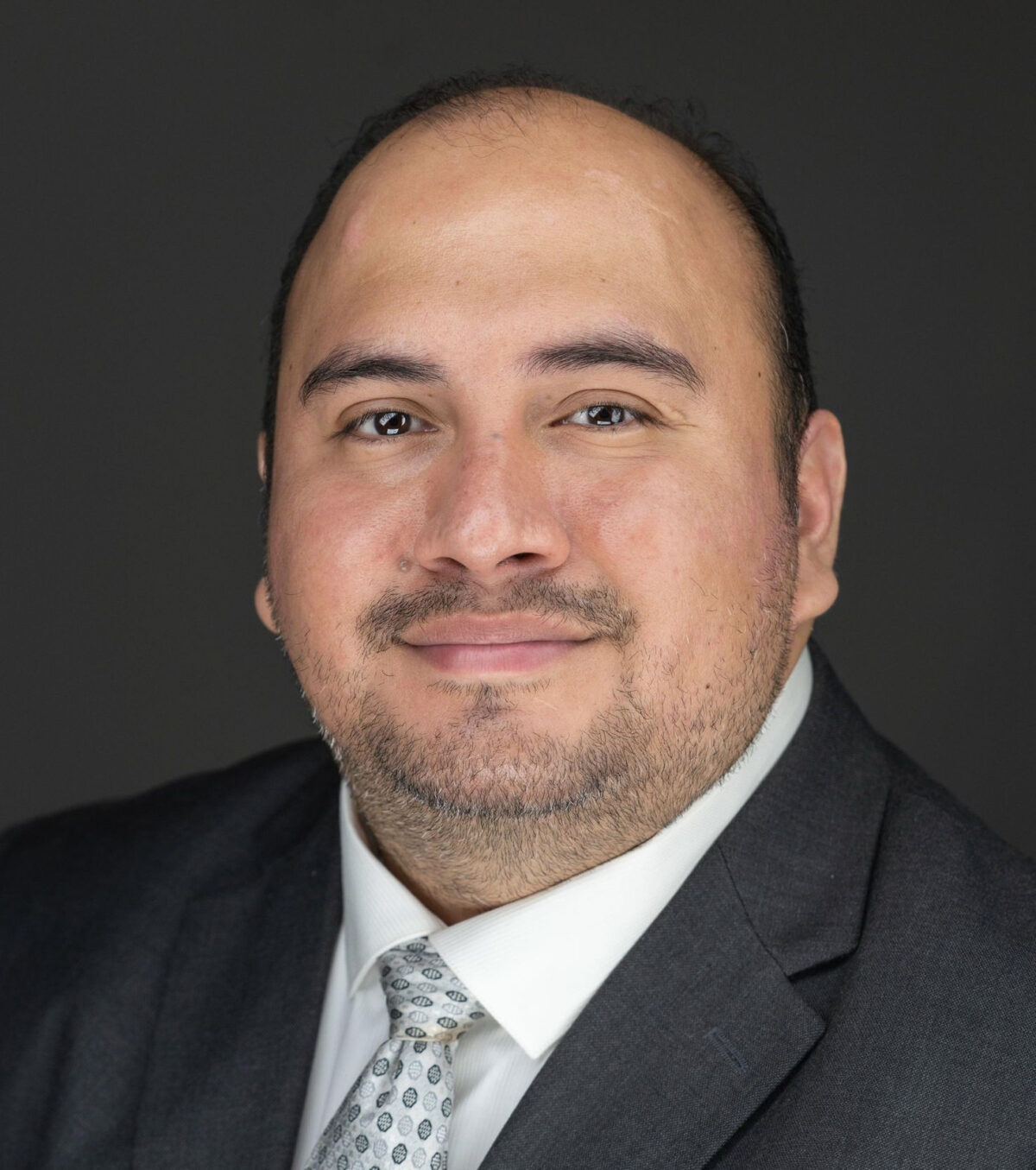By Angel Tobar
Fifty works of art hang on the wall in the Mexican restaurant La Morada. Each work represents the stories, culture, perseverance, and experiences of undocumented immigrants.
The South Bronx has been home to La Morada since 2009, but like many local businesses in The Bronx, it is being threatened by gentrification. The Bronx Museum partnered with La Morada, local vendors, and artist mentors from Front Line Arts and Mobile Print Power to host a program called The Bronx Speaks: Dreamers.
“In this project, part of what we do is support people, but also take a step back and let them tell their stories,” said Shelissa Aquino, 28, a public programs and partnerships associate at the Bronx Museum.
The goals of this intergenerational program are to foster community building, to underscore the critical cultural and socio-economic importance of immigration, to support CUNY Dreamers, the Dream Act, undocumented Bronxites, Bronx-based local businesses and local artists.

The community and workers at La Morada consider it to be an “activist restaurant.” Yajaira, co-owner of La Morada says events like this are long overdue. “Immigrants make the community,” she says.
Yajaira has lived in Mott Haven for over 10 years and has seen and experienced the gentrification first hand. “You see how the neighborhood changes depending on the level on income,” she said. “We are just given leftovers and called a graveyard.”
Developers have tried to change the name from Mott Haven to the Piano District but have failed. “What Piano District?” said Carolina Saavedra, 25, one of the participants and sous chef at La Morada. “This is Mott Haven. This is my home. We don’t need to be gentrified to be beautiful.”
The art from the participants is “a creative expression of what our identity and experiences as undocumented immigrants has been,” said Lupita Romero, 26, a DACA recipient and Lehman College student.
Romero used the documents related to her brother’s deportation case, as well as her own legal paper work, to create her art. “The fact that we are separated from our families is traumatic,” she said. “Having to prove I’m a human being through paperwork.”
Saavedra’s art was made from letters she received since the day of her pregnancy, till the day she gave birth. Each piece of the art work represented a child who comes in to eat. “La Morada is one of the few restaurants that use ingredients from the farmers market,” she said. “The kids around here can’t afford to eat a healthy meal.” Mole is a traditional Mexican dish that was a gift to the gods. “Gentrifies are taking mole and putting ridiculous prices on it,” said Saavedra.
“This particular workshop is a type of connective practice,” said David Keefe, 37, program director for Front Line Arts. “What we do is bring communities together to share stories and transform material into paper and that process is deconstructing a trace object.” A trace object is some object that has either an emotional or sentimental value to it. “It’s a deconstruction of the material, and at the same time, you’re deconstructing your experiences that is associated with the material and then putting it back together.”
All participants who presented their art and told their story were overcome with emotion and broke into tears. Reminiscing on their struggles to get to the United States, finding work, being racially harassed and treated differently because they are immigrants.
There was also a sense of shared experience and community. “When I see indigenous people, I see my family,” said Romero.















No comments